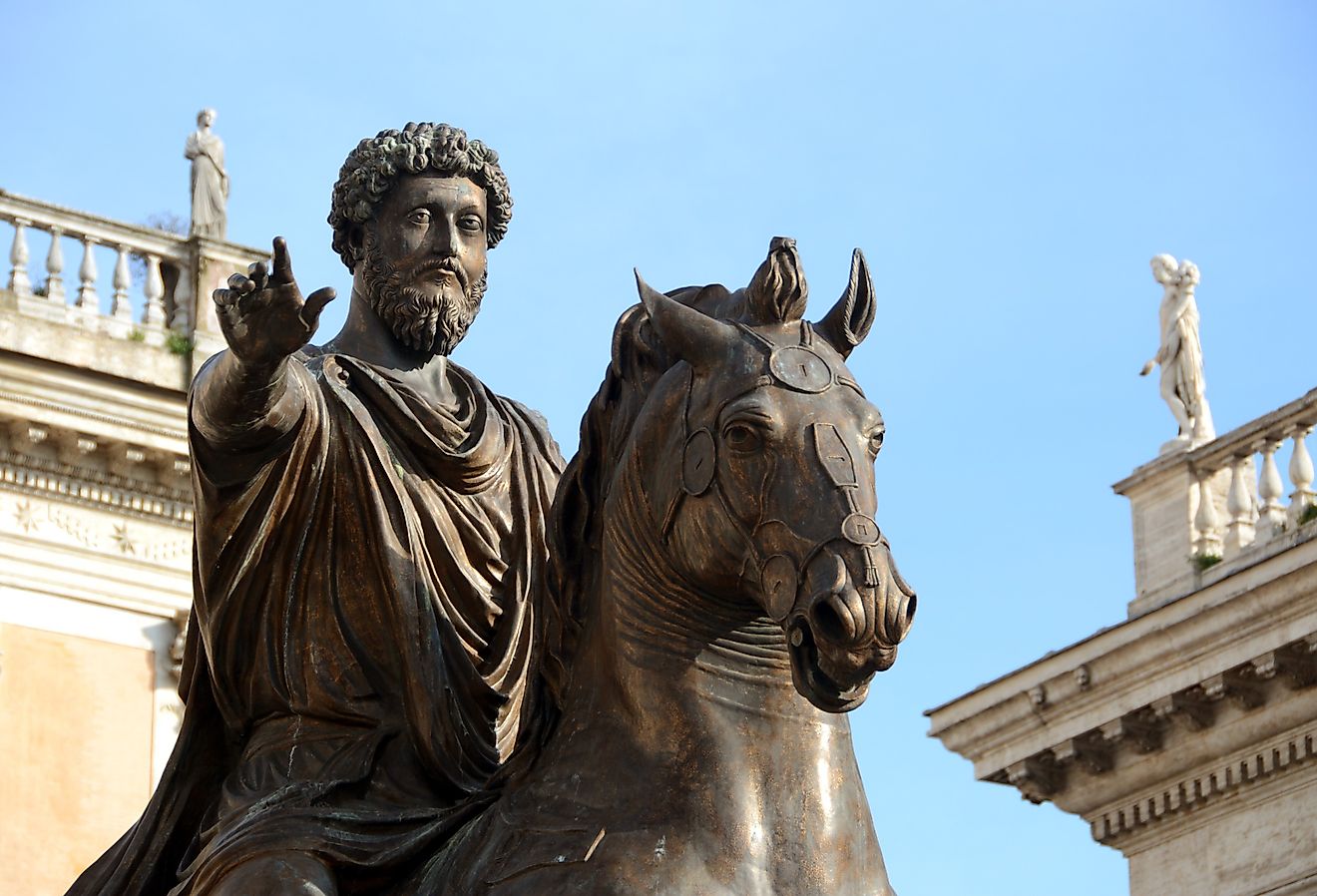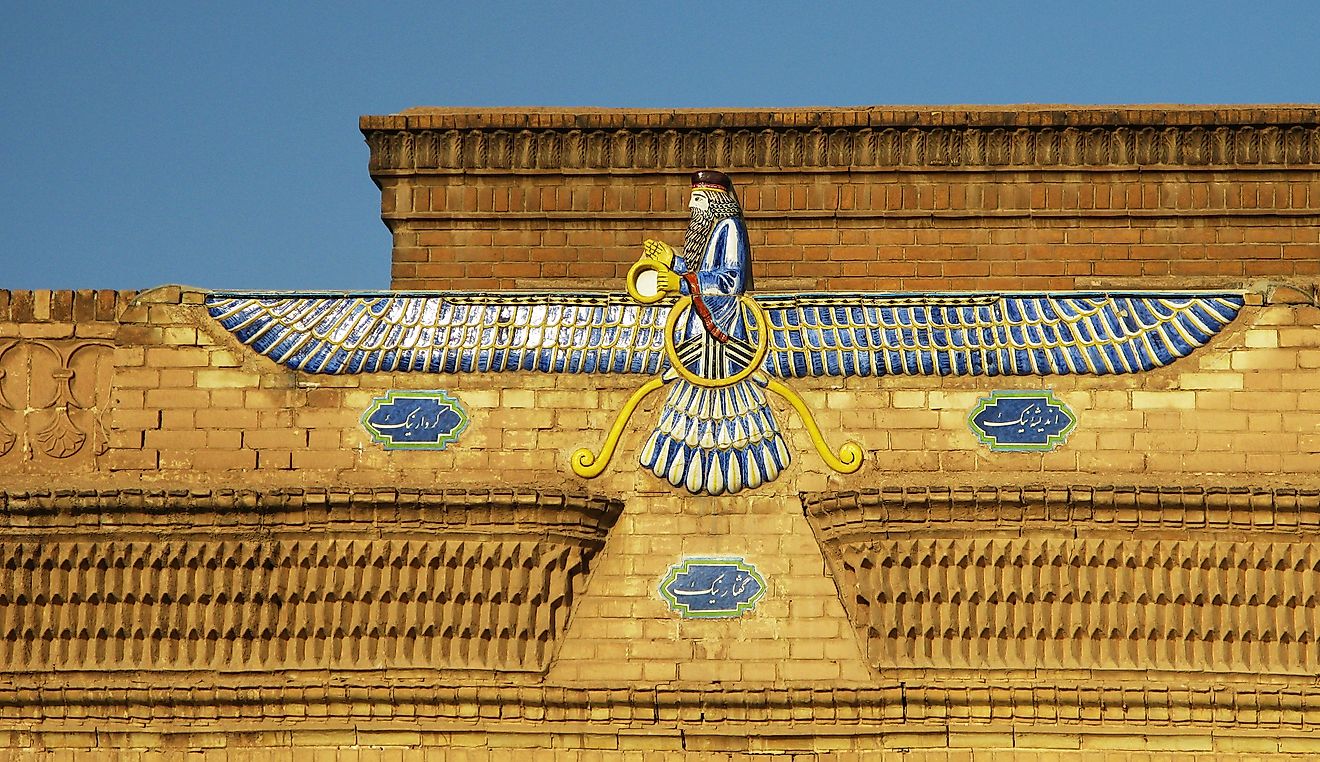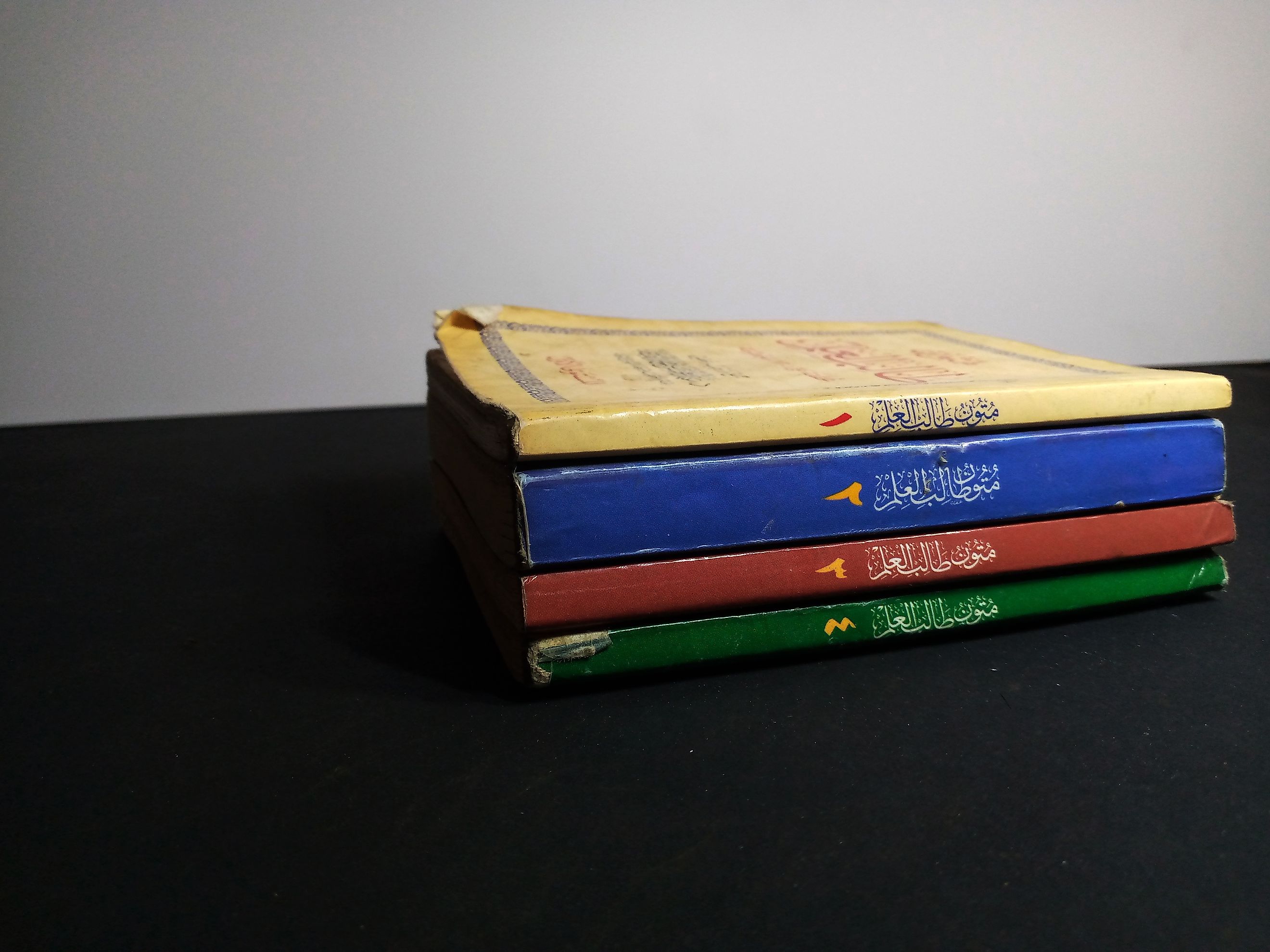
5 Islamic Scientific Ideas That Changed The World
When it comes to famous scientists, many people think of Albert Einstein, Galileo, and Isaac Newton. These people all had amazing ideas and made significant contributions to science. However, scientists from other parts of the world are often overlooked despite their significant contributions. Islamic scientists have also made great contributions to science. Some of their ideas have even changed the world. The scientific method, modern algebra, and optics were all revolutionized by Islamic scientists. Here, we will explore five ideas that Islamic scientists and inventors had that changed the world.
The Scientific Method
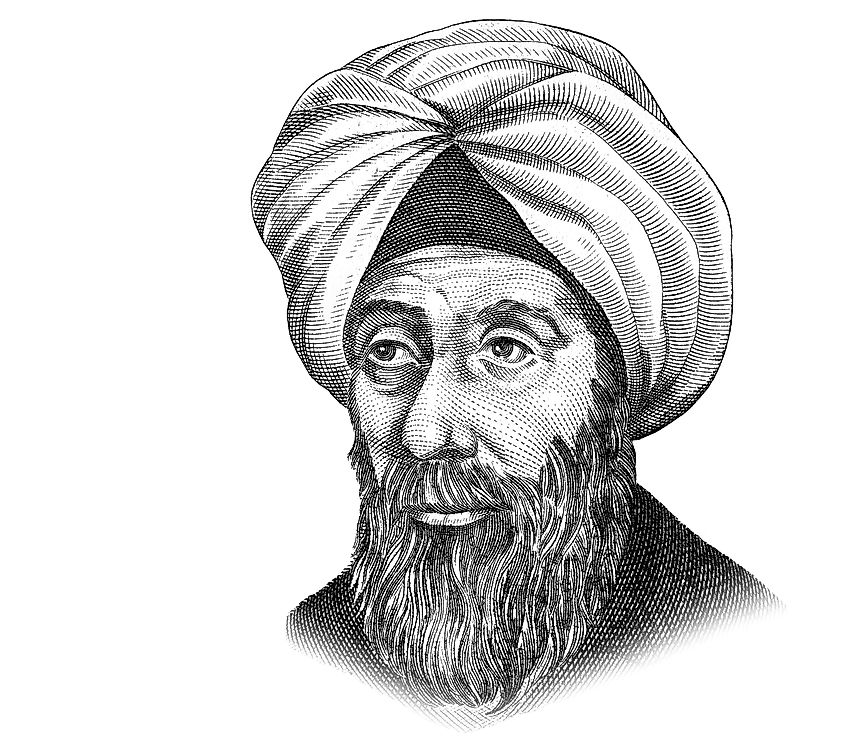
Many people think that someone like Isaac Newton or Roger Bacon developed the scientific method. However, its earliest use can be traced back to the Islamic World. Before Roger Bacon was emphasizing the importance of experimental confirmation in his findings, an Islamic scientist was saying the same thing. This scientist was Ibn al-Haytham. While little is known about his life, historians believe he was born in the Golden Age of Islamic science. Ibn al-Haytham wrote 25 works on mathematical science, including work on physics, psychology, metaphysics, and optics. In his work, he used a methodology for experimentation, where he tested physical phenomena. He also used mathematical models of the physical phenomenon in question. He designed experiments to test his theories and hypotheses. When he did this, he followed a procedure very similar to today's scientific method.
Optics

Ibn al-Haytham also made great strides in the field of optics, and throughout his work, he asked why our eyes worked the way they did. His work on optics is what he is most well known for. The Book of Optics he wrote is one of his most celebrated works. An important observation led him to propose that the eyes receive light reflected from objects. This was contrary to the belief at the time that the objects emanated light themselves.
Ibn al-Haytham also set out to discover other ways in which light works. He found that when there is a small hole in the side of a lightproof box, rays of light from the outside are projected inside and back to the wall again. By changing the size of the hole on the side of the box, he discovered you could change the quality of the projected image. The smaller the pinhole was, the more precise the image. This is a discovery that allowed us to invent the camera. Without this discovery, the camera would not exist today.
Algebra
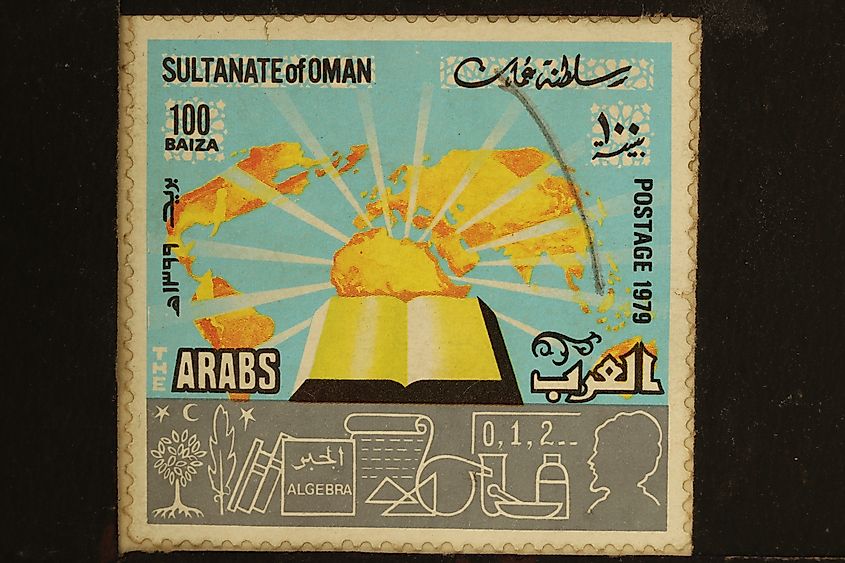
The building of nearly everything in the 21st Century uses some form of Algebra. Thanks to Muhammad ibn Musa al-Khwarizmi, we are able to use algebra in this way. Muhammad ibn Musa al-Khwarizimi is known as the father of Algebra and his name Latinized translates to Algorithmi. He didn't invent algebra. Rather, he improved the techniques mathematicians used to solve algebraic problems. His book offered instructions for solving linear and quadratic equations and included a series of algorithms. His algorithms allow us to have computing machines today.
What makes Khwarizmi's work unique is that he used words instead of relying on numbers and symbols in his book on algebra. This was a unique approach to algebra at the time. However, this doesn't mean he never used numbers. Khwarizmi encouraged mathematicians to use the Hindu-Arabic numbering system, and it was adopted in Europe five centuries after he introduced it to the Islamic world. This system of numbers made math easier. It introduced new concepts such as the idea of zero and the idea of positional notation. These were new ideas at the time. Khwarizmi was also the first to introduce raising a number to the power, something that made equations easier to compute.
Horizontal Plane Windmills

Another important contribution to science from Islamic scientists was the invention of the horizontal plane windmill. Heron of Alexandria developed early forms of windmills in the 1st Century BC. Later, Ahmad Y. al Hassan described the horizontal plane windmills in the 10th century BC. This was an important technology in agriculture. Vertical windmills began to appear in Europe on the 12th Century and it isn't clear how they developed. Some people theorize that the European windmills were developed from the earlier panemone ones.
The Plane Astrolabe
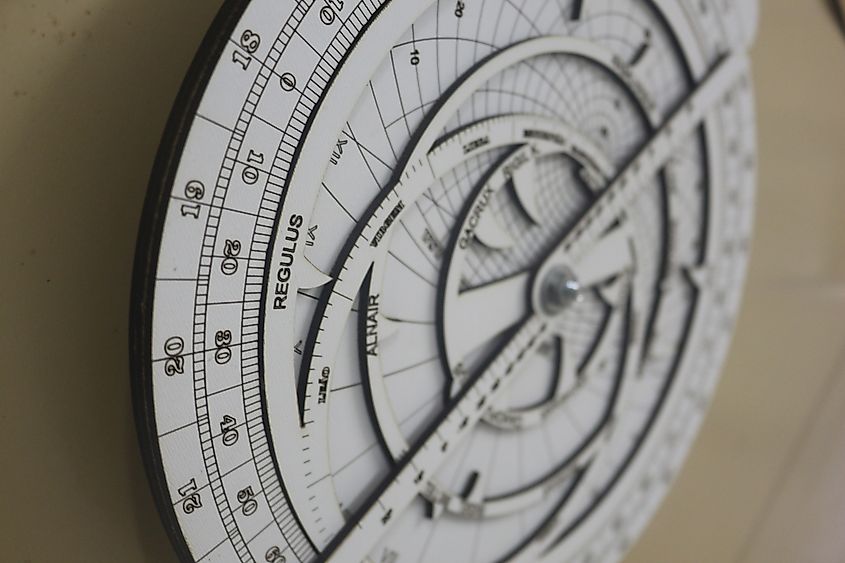
The astrolabe is a fantastic piece of technology from the ancient world. Astrolabes were devices used to determine the time and position of something. Usually, they were made out of brass or another metal. Eighth-century mathematician Muhammad al-Fazari is credited with inventing the plane astrolabe. These were mechanical navigational aids. Fazari modified the design of astrolabe by adding angular scales to its design and indicating azimuths on the horizon. While Fazari's contributions had a significant impact on astronomy, not much is known about him. He is referenced by other astronomers which is how we know about his work.
From influencing algebra to using the scientific method, there is no denying that Islamic scientists have impacted the world. Inventions from other scientists in the Islamic world helped develop technology elsewhere. Overall, Islamic scientists have made great contributions to advancing science. The diversity of thought worldwide has helped advance humankind to where it is today.








